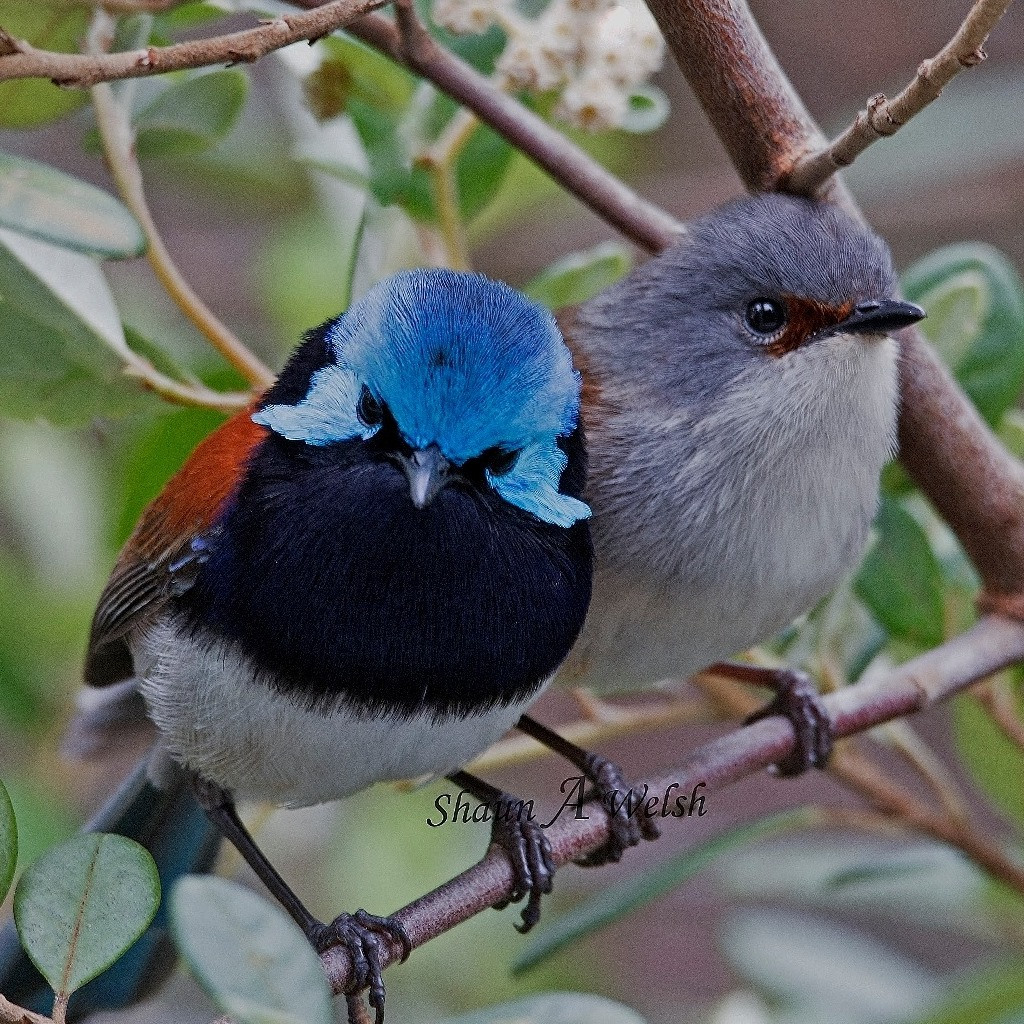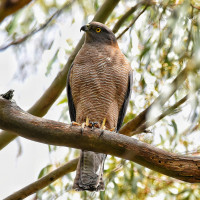Opis
The Wilson Inlet is a shallow, seasonally open estuary located 2 kilometres south east of the town of Denmark. The inlet receives water from the two main rivers: the Denmark River and the Hay River and some smaller rivers and streams such as the Sleeman River, Little River and Cuppup Creek.
The Wilson Inlet Heritage Trail runs over the hard base of the Albany to Nornalup Railway, which was abandoned in 1957. It is a flat gradient and wide gravel trail with beautiful views of the Denmark River, the Wilson Inlet and the surrounding landscape. The bird watching is excellent. Among the birds you can encounter are Red-eared Firetail, Western Whistler, White-browed Scrubwren, Collared Sparrowhawk, Brown Goshawk, thornbills, robins, fairy-wrens, honeyeaters, parrots and cockatoos. On the inlet: Australian Pelican, White-bellied Sea-Eagle, cormorants, egrets, ibis, spoonbill, oystercatchers, ducks and swans.
Szczegóły
Dostęp
The Wilson Inlet is located 2 kilometres south east of the town of Denmark. The Wilson Inlet Heritage Trail starts at Denmark Rivermouth at the heritage railway bridge, Hollings Rd. Press P on the map for directions to a parking. The trail starts off crossing the beautiful Denmark river, it then winds its way through pristine bushland filled with native flora and fauna. You can explore the trail on foot or by bike.




